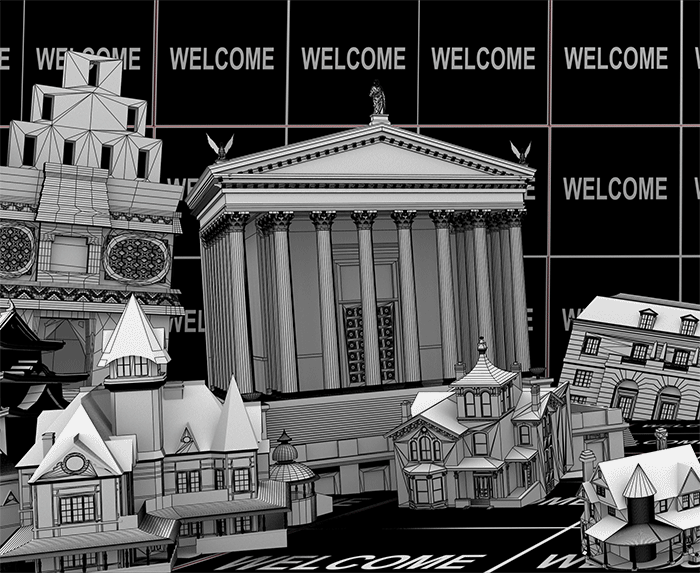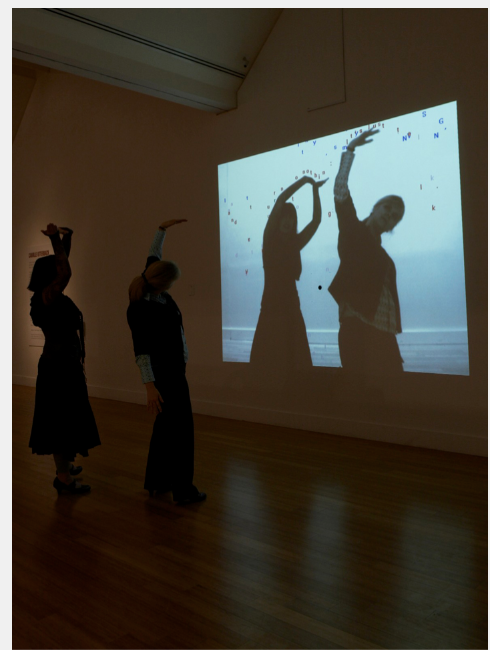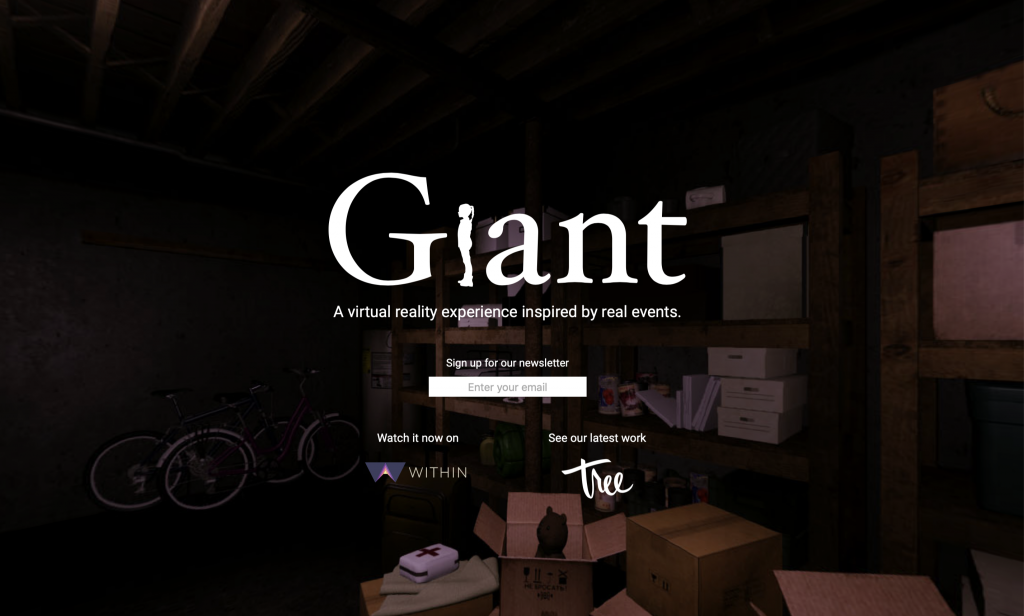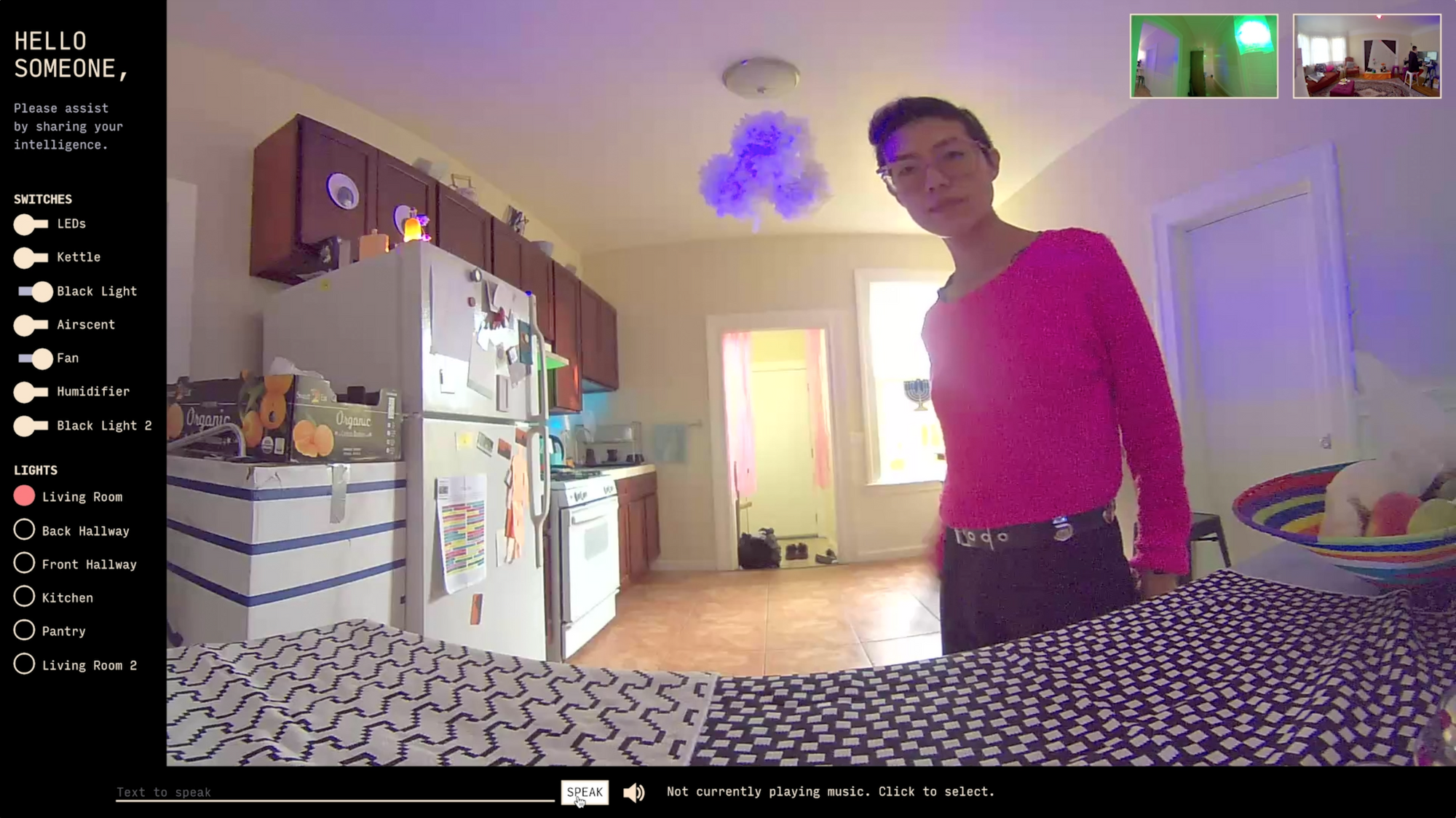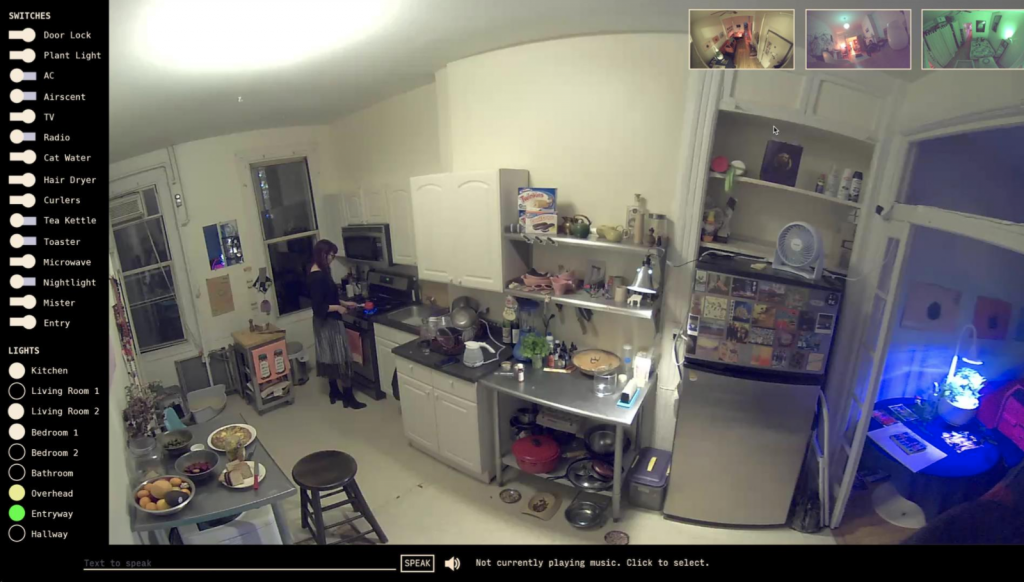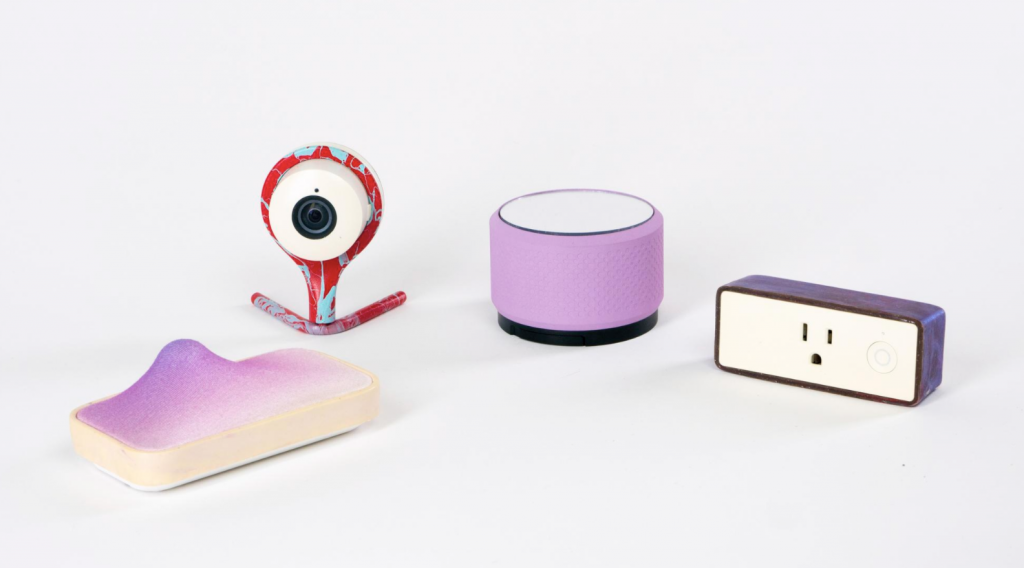I’ve seen Angela Washko’s work before, and I find her exploration of feminism through interactive alternative video games. One such game I found interesting was The Game: The Game, a project that presents an exploration of consent and politics. The game is presented in the format of a dating simulator, where players experience the tactics and practices of male pick-up artists and “the seduction community”. These pick-up gurus attempt to seduce the player, providing and in-depth look into the specific social behaviors around dating, giving insight on the experiences many women have in the real world.
Angela Washko is a visiting assistant professor at Carnegie Mellon University, a small University in Pittsburgh, Pennsylvania (often mistaken for Central Michigan University). She was known for creating performances and “social stunts” in the game World Of Warcraft, where she discusses feminism and toxic masculinity in video games. Having attended a few of her classes, I find her style of critiquing patriarchal systems and toxic-masculinity online very amusing.
https://angelawashko.com/section/437138-The-Game-The-Game.html
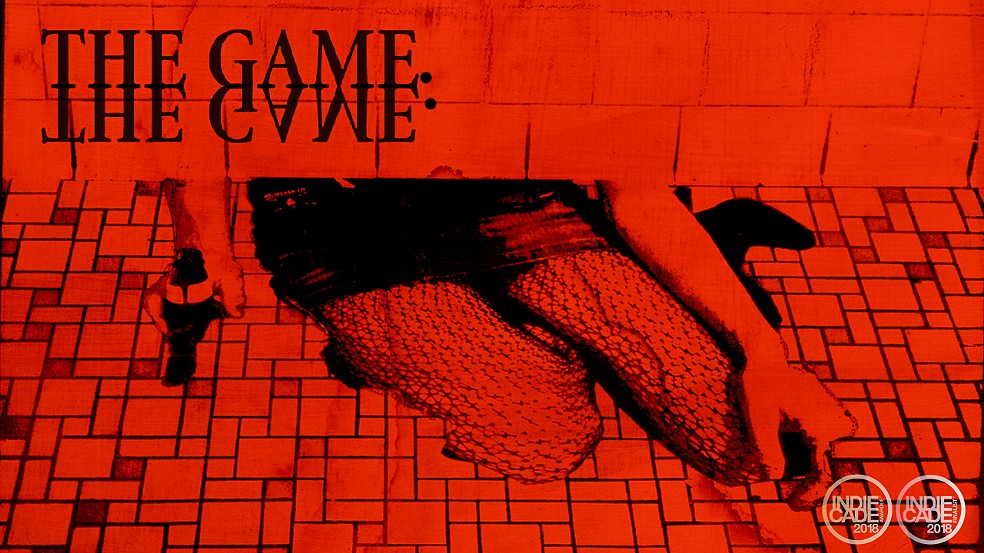
![[OLD FALL 2020] 15-104 • Introduction to Computing for Creative Practice](../../../../wp-content/uploads/2021/09/stop-banner.png)
